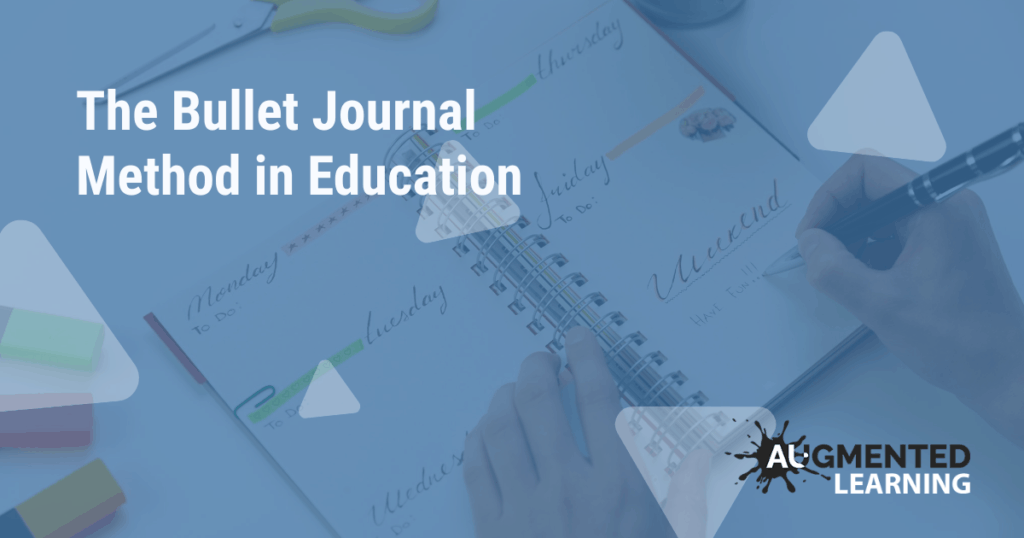Collections are when notes and tasks are related by a common theme or purpose. You don’t want these floating all throughout your journal, so you group them almost like their own project. Collections for me are placed on an open spread and have a planning or brainstorm page and a task page. The brainstorm page is where I dump any idea or thought that will move that project forward and the task page is where I list required tasks for that project. Collections are checked on a daily basis and I migrate tasks from this page into my daily log before I go to bed at night. This ensures my following day is set in advance with any event or tasks that need to be addressed.
As an educator, we could have any number of collections in our journal: pastoral care, unit planning, trip planning, professional learning, class collections, department planning, school wide administration.. The potential here is huge.
And it all comes back to one simple rationale: track the past, order the present, and design the future.
I listened to the Audible version of the book by Ryder Carrol, then ordered the physical book within the first hour of listening! I have to say, the physical book is a stunning with a beautiful soft feel matte cover and lovely hand drawn illustrations throughout.
If you’re looking for a system to reduce overwhelm and increase productivity inside and outside of the classroom, I suggest picking up this book and giving it a read. You can get the book from Amazon here: https://amzn.to/2mZ2HqX (affiliate link) and dot journals can be purchased from Mightyape for around $25.

Responses